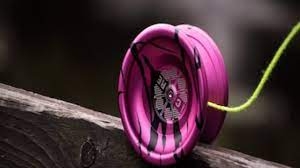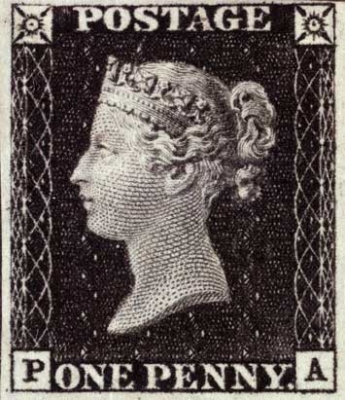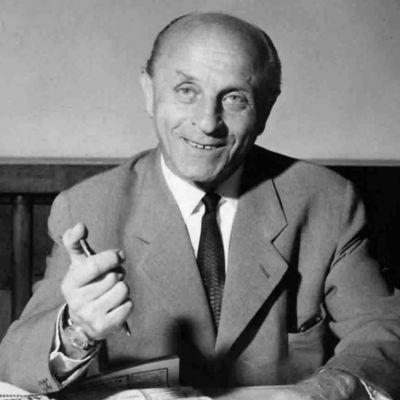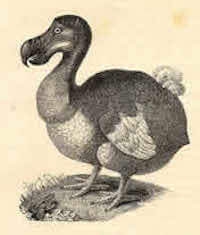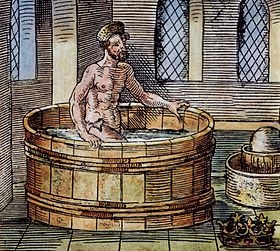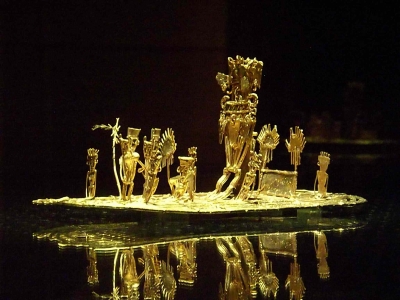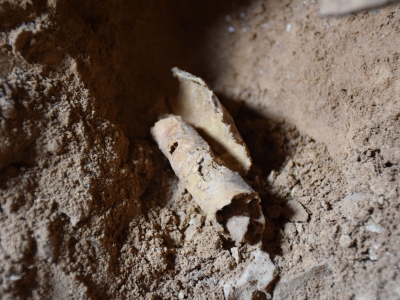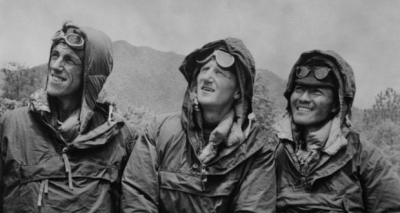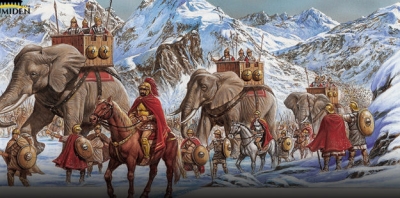Who invented the Braille writing system for use by the visually-impaired?

Braille, universally accepted system of writing used by and for blind persons and consisting of a code of 63 characters, each made up of one to six raised dots arranged in a six-position matrix or cell. These Braille characters are embossed in lines on paper and read by passing the fingers lightly over the manuscript. Louis Braille, who was blinded at the age of three, invented the system in 1824 while a student at the Institution Nationale des Jeunes Aveugles (National Institute for Blind Children), Paris.
The Frenchman Valentin Hauy was the first person to emboss paper as a means of reading for the blind. His printing of normal letters in relief led others to devise simplified versions; but, with one exception, they are no longer in use. The single exception is Moon type, invented in 1845 by William Moon of Brighton, England, which partly retains the outlines of the Roman letters and is easily learned by those who have become blind in later life. Books in this type are still in limited use by elderly people, particularly in Great Britain.
Writing Braille by hand is accomplished by means of a device called a slate that consists of two metal plates hinged together to permit a sheet of paper to be inserted between them. Some slates have a wooden base or guide board onto which the paper is clamped. The upper of the two metal plates, the guide plate, has cell-sized windows; under each of these, in the lower plate, are six slight pits in the Braille dot pattern. A stylus is used to press the paper against the pits to form the raised dots. A person using Braille writes from right to left; when the sheet is turned over, the dots face upward and are read from left to right.
Braille is also produced by special machines with six keys, one for each dot in the Braille cell. The first Braille writing machine, the Hall Braille writer, was invented in 1892 by Frank H. Hall, superintendent of the Illinois School for the Blind. A modified form of this device is still in use today, as are later, similar devices. One innovation for producing Braille is an electric embossing machine similar to an electric typewriter, and electronic computer processing is now routine.
Credit : Britannica
Picture Credit : Google
